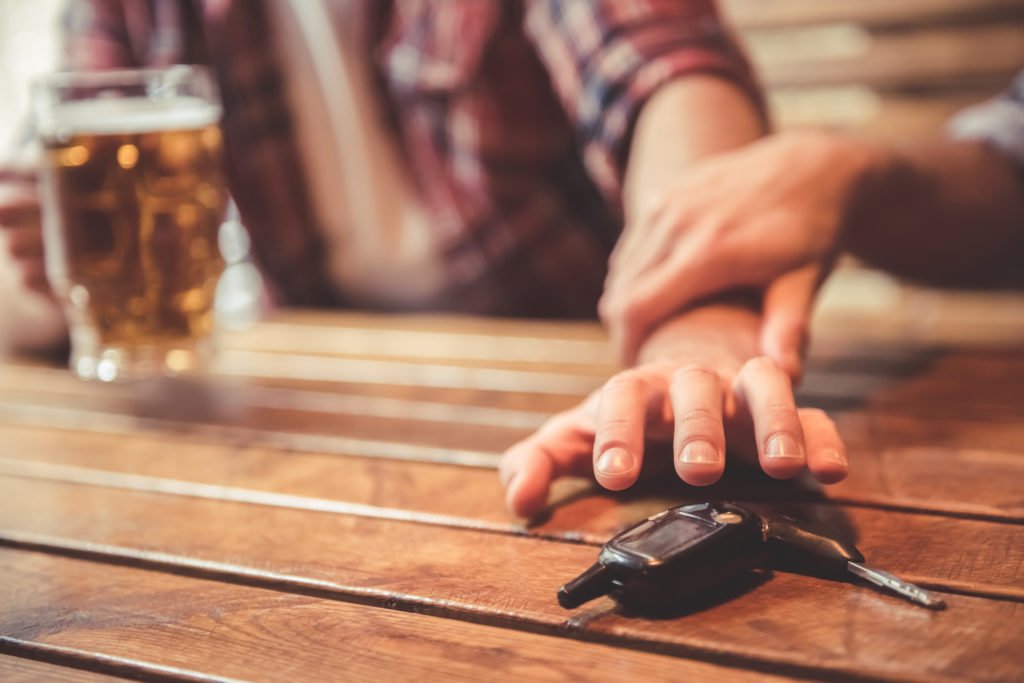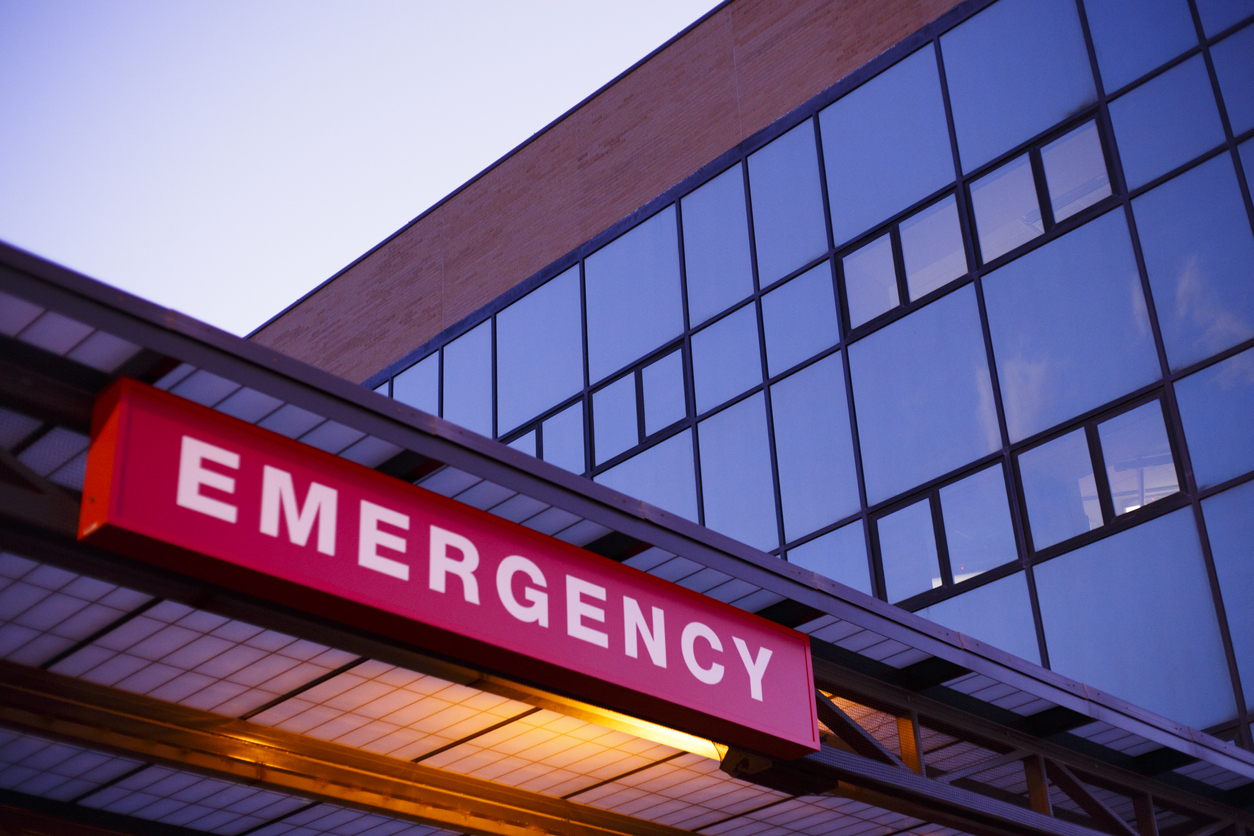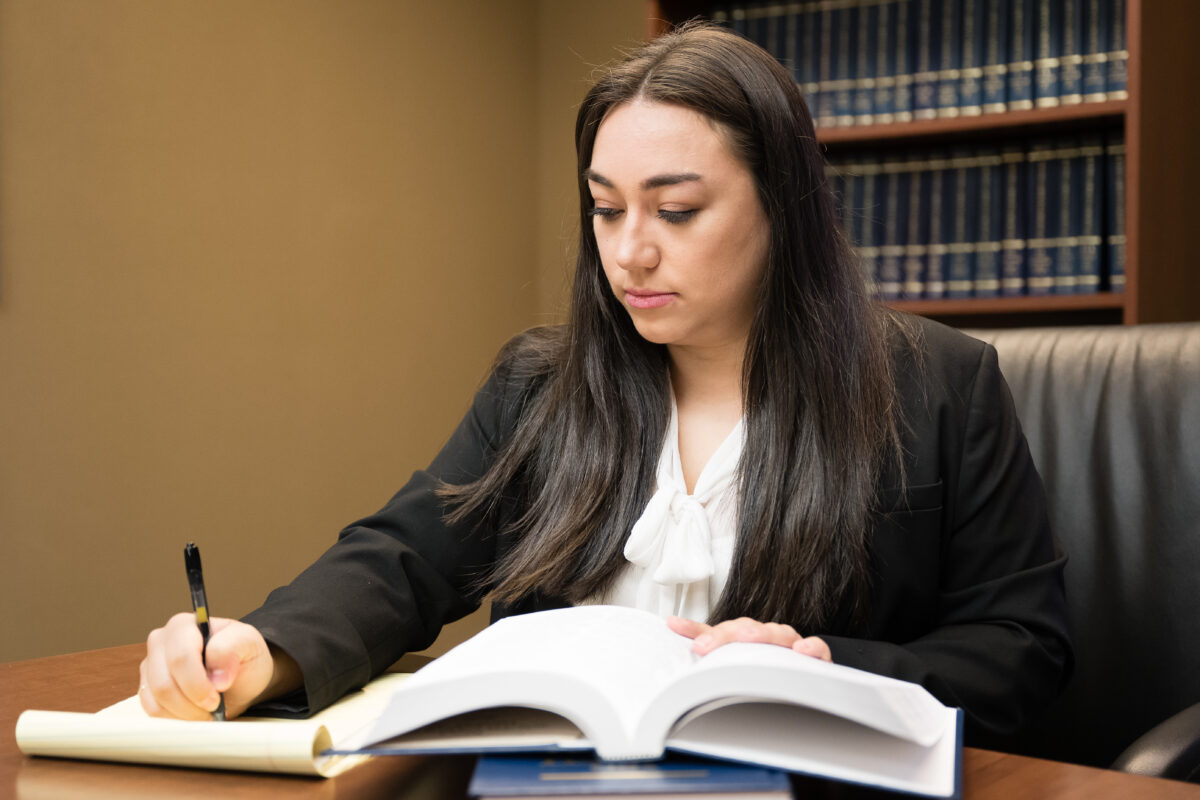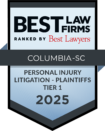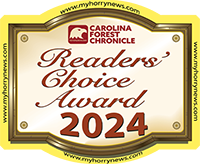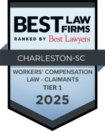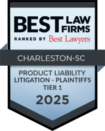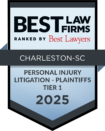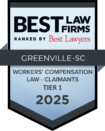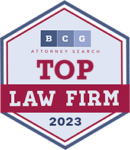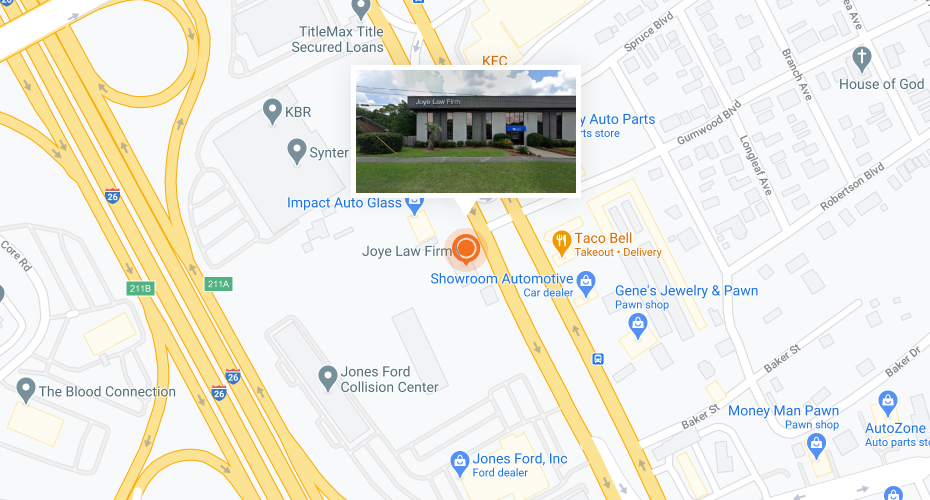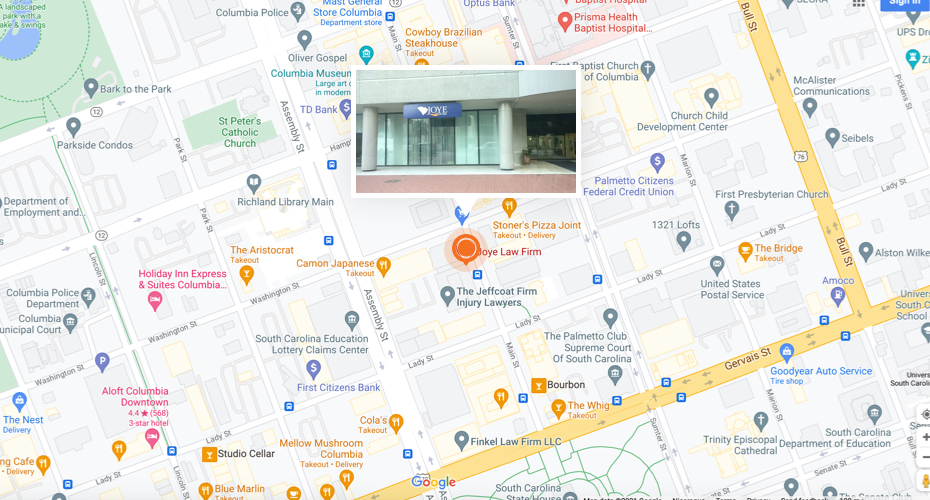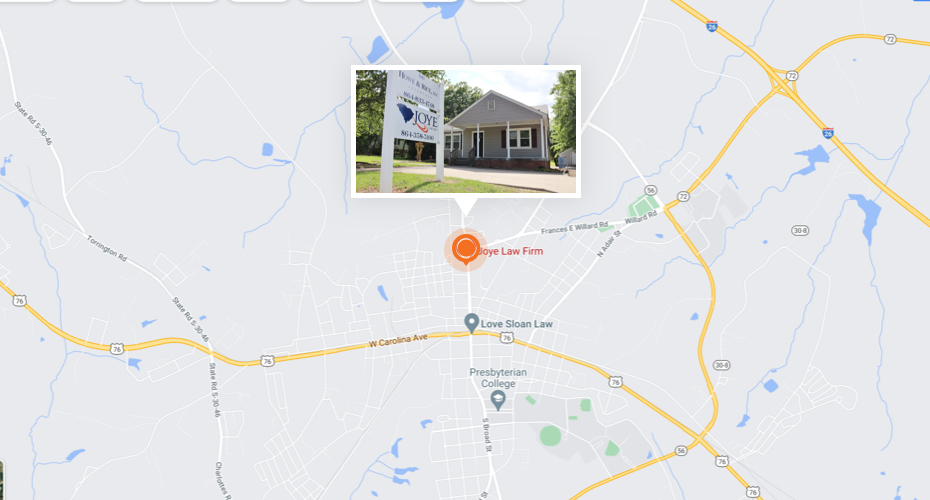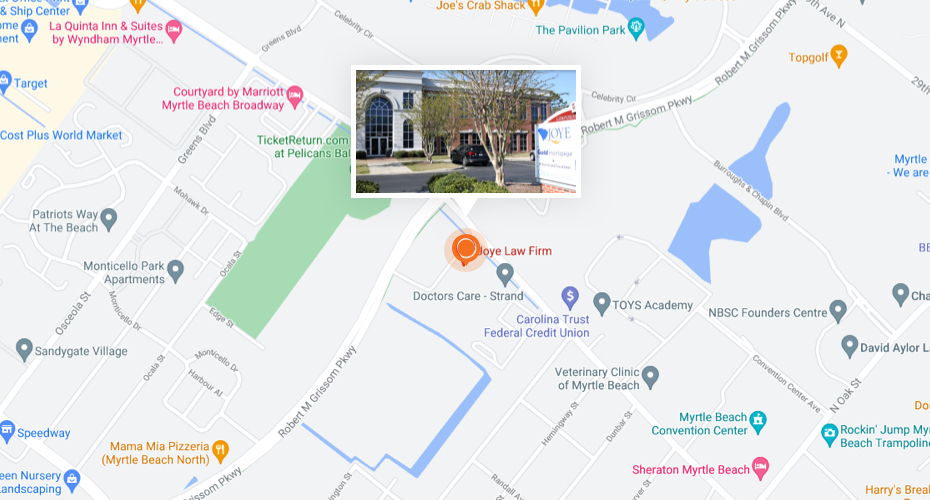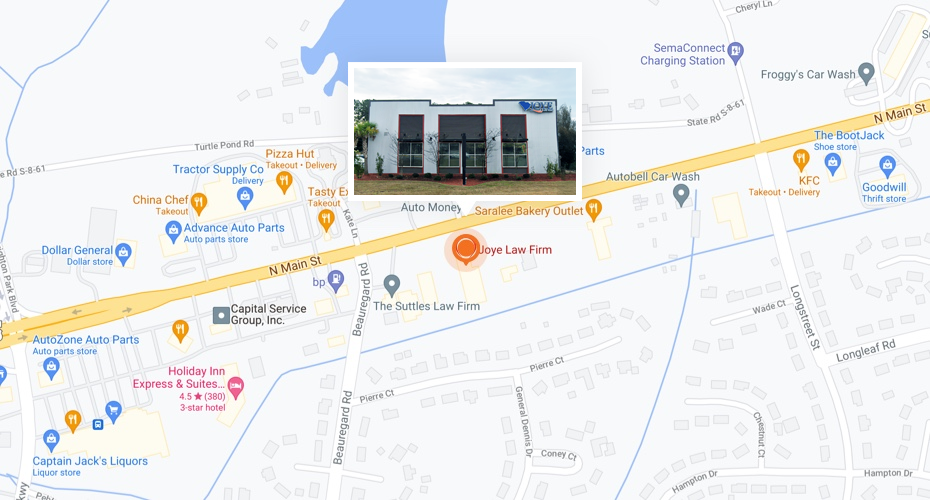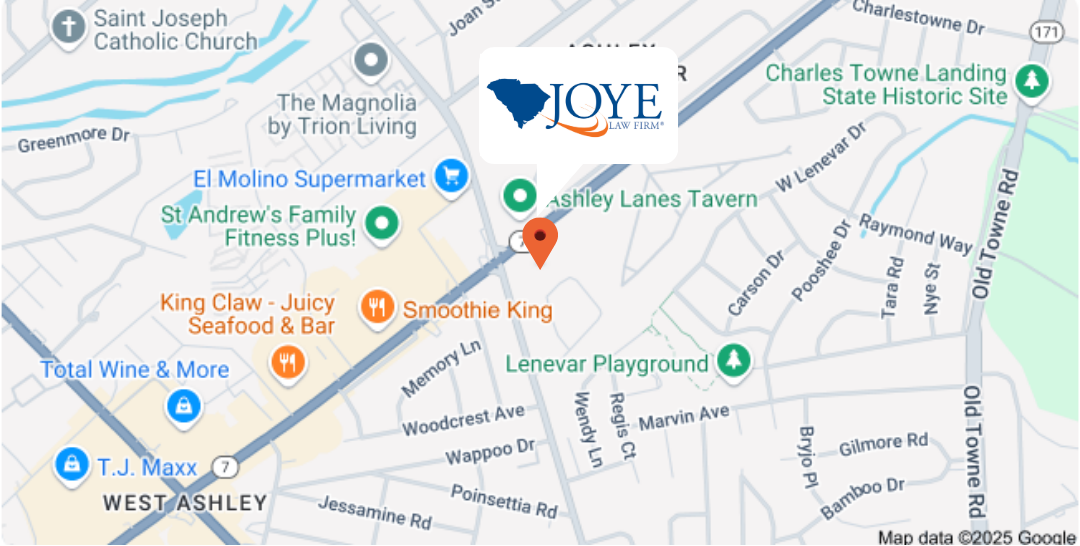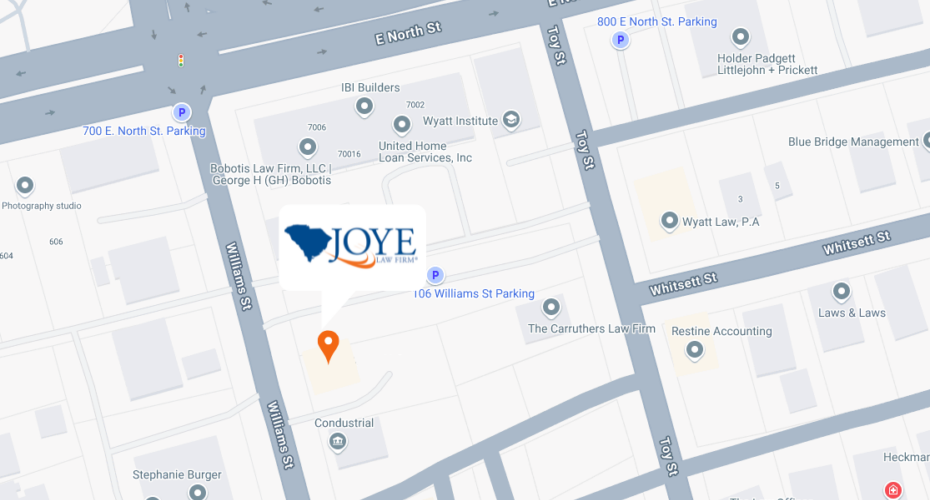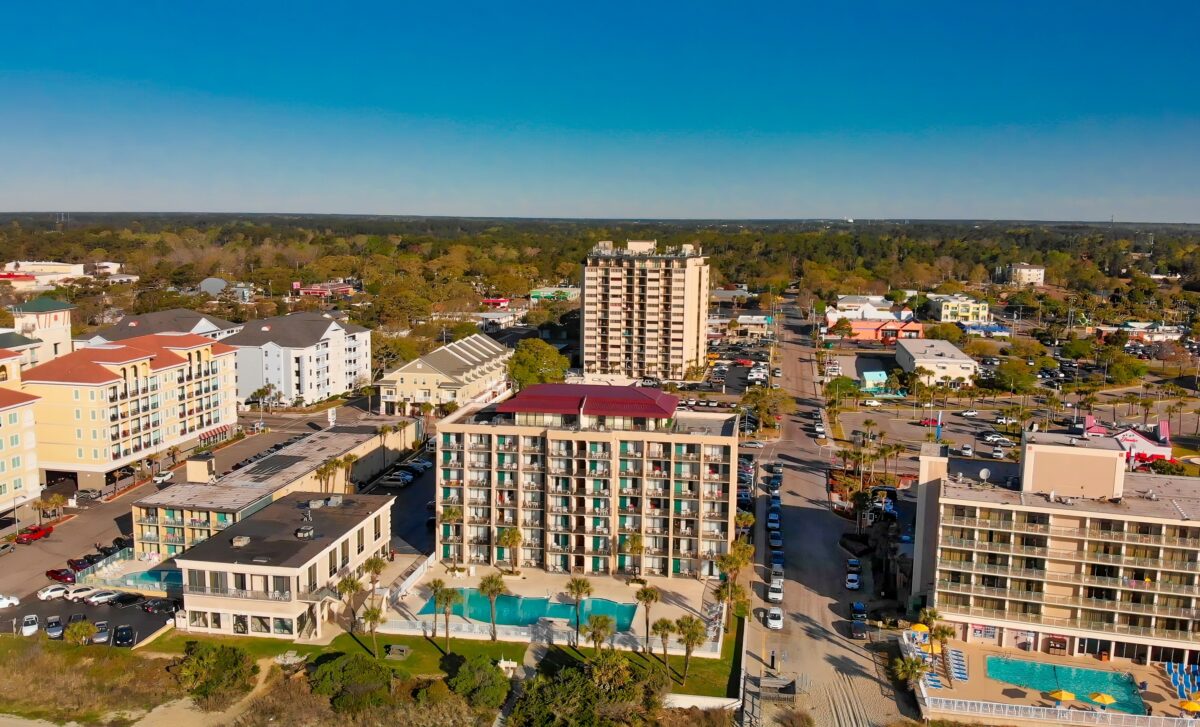
Myrtle Beach is known for its stunning beaches, exciting attractions, and lively nightlife. In addition to being one of the fastest-growing parts of the state, the city welcomes millions of visitors each year. Over recent years, the increasing traffic congestion on its roads has led to a higher frequency of accidents involving cars, pedestrians, and others who share the roads.
Unfortunately, some areas of the Grand Strand are more prone to car crashes. From busy highways to crowded intersections, we’ve identified the areas where collisions are more likely to occur and the factors contributing to these wrecks.
Our Myrtle Beach car accident lawyers also provided practical tips and strategies to help you navigate our city’s roads safely, whether you’re just visiting this beautiful coastal destination, or like us, are lucky enough to call the Grand Strand home.
Most Common Locations for Car Accidents in Myrtle Beach
Highways:
- U.S. 17 (Kings Highway): This major highway runs through the heart of Myrtle Beach and spans the length of the Grand Strand. It is a hotspot for crashes due to its high traffic volume and numerous intersections. A recent study ranks U.S. 17 as South Carolina’s most dangerous highway for summertime travel. Drivers often struggle with merging, lane changes, and sudden stops, leading to rear-end collisions and side-impact crashes. The high concentration of tourist traffic and the many access points to businesses and attractions along the highway contribute to the increased risk of accidents.
- U.S. 17 Bypass: Running from Murrells Inlet to North Myrtle Beach, the Bypass was constructed to alleviate traffic woes on Kings Highway. Unfortunately, the Bypass now struggles with many of the same problems including frequent bumper-to-bumper backups. Wrecks, especially ones caused by distracted driving, are common.
- U.S. 501: This highway connects Myrtle Beach to inland cities, including Conway. A traditional route to the beach, 501 is known for its heavy traffic, especially during peak tourist seasons. Collisions often occur due to speeding, tailgating, and reckless lane changes.
- SC-31 (Carolina Bays Parkway): This scenic highway offers an efficient route between the North Strand and South Strand, but its high speed limit and winding nature can lead to accidents caused by speeding and loss of vehicle control. The Parkway runs from SC-9 in Little River to SC-544 in Socastee, with construction underway to extend it to SC-707 in Murrells Inlet.
- SC-22: Known as “Veterans Highway” or the “Conway Bypass” by locals, SC-22 is a 65-mph multi lane expressway running from US-501 in Aynor to US 17/North Kings Highway near Myrtle Beach’s restaurant row. It is a key route when traveling around Cherry Grove, Little River, and other northern parts of the North Strand. However, speeding and other unsafe driving behaviors are rampant.
- SC-544: This major four-lane state highway is one of the most frequently traveled roadways in the Myrtle Beach metropolitan area. Starting at US-17 Business in the Surfside Beach area and ending near Coastal Carolina University in Conway, 544 parallels US 501 for most of its route. Also known as Dick Pond Road in the Socastee area, 544 was recently expanded to accommodate more traffic. However, the several major intersections and high volume of vehicles encountered on this route mean crashes are common.
Intersections:
- 21st Avenue North and Oak Street: This busy intersection, just four blocks from Joye Law Firm’s Myrtle Beach office, sees a high volume of pedestrian and vehicle traffic. The combination of tourists on foot and drivers who may be unfamiliar with the area can lead to collisions caused by failure to yield the right of way or distracted driving. Many consider this intersection one of the worst locations for pedestrian-involved accidents in the Grand Strand.
- 29th Avenue North and Kings Highway: The combination of tourist traffic and locals commuting to work creates congestion at this intersection, just one block from Ocean Boulevard. The risk of collisions increases at this intersection because of improper turns, running red lights, and failure to yield. The high traffic volume, especially during peak season, can lead to drivers making rushed or careless decisions that result in accidents. According to multiple reports, this intersection sees many T-bone collisions and rear-end crashes, particularly during the busy summer months.
- 38th Avenue North and Kings Highway: This intersection near Village Square Shopping Center is known for having a high number of rear-end collisions. Drivers often fail to maintain a safe following distance or are distracted by nearby businesses and attractions.
- 48th Avenue South and Kings Highway: Accidents occur frequently at this intersection near the popular Barefoot Landing shopping and entertainment district. Crashes are often caused by drivers misjudging the speed and distance of oncoming traffic when making turns and confusion over the right of way.
Bridges:
- George Bishop Parkway Bridge: This bridge spans the Intracoastal Waterway and is a scenic route that can distract drivers. Crashes on this bridge often involve speeding, distracted driving, and failure to maintain a safe following distance.
- Myrtle Beach Boardwalk Promenade Bridge: The high pedestrian traffic and proximity to popular attractions make this bridge a common site for accidents involving distracted drivers or those who fail to yield to pedestrians.
Parking Lots:
- Broadway at the Beach: This popular entertainment complex features multiple parking lots often congested with vehicles and pedestrians. Accidents in these lots are typically low-speed collisions caused by drivers backing out of spaces without checking their surroundings or failing to yield to pedestrians.
- Coastal Grand Mall: This shopping center’s large parking lot sees a high traffic volume, particularly during peak shopping hours. Crashes here often involve distracted drivers and those who fail to follow directional signs or parking lot speed limits.
- Tanger Outlets: The outlet mall’s parking lots are often crowded, leading to accidents caused by drivers competing for parking spaces, backing out without proper attention, or failing to yield to pedestrians.
Factors Contributing to Car Wrecks in Myrtle Beach
One reason collisions occur in this area is the influx of tourists who may be unfamiliar with the area’s roads and traffic patterns.
Visitors often rely on GPS devices or mobile apps to navigate, which can lead to distracted driving as they attempt to follow directions while simultaneously taking in scenic views.
Additionally, Myrtle Beach’s lively atmosphere gives rise to alcohol consumption at our many beaches, restaurants, and bars. Drunk drivers pose a significant risk to themselves and others on the road, as their judgment and reaction times are impaired. Drunk driving is even more concerning during peak tourist seasons when the roads are already congested, and the potential for accidents is higher.
Other factors that contribute to car accidents in Myrtle Beach include:
- Speeding: With its long, straight stretches of highway and scenic routes, Myrtle Beach can tempt drivers to exceed posted speed limits. Speeding reduces a driver’s reaction time, and it increases the severity of collisions when they occur.
- Reckless driving: Some drivers, particularly younger ones or those on vacation, may engage in careless behaviors such as weaving through traffic, tailgating, or making sudden lane changes without signaling.
- Pedestrian activity: The Grand Strand’s popularity as a tourist destination means that there are often many people exploring the area on foot. In areas close to the beach, shops, and attractions, seeing pedestrians and bicyclists in or on the roadway is common. Drivers who fail to yield to pedestrians or are distracted can cause serious injuries.
- Inadequate infrastructure: As Myrtle Beach grows and attracts more residents and visitors, the city’s infrastructure has struggled to keep up. Insufficient parking, poorly designed intersections, inadequate signage, and overcrowding can contribute to driver confusion and accidents.
- Weather conditions: Myrtle Beach’s coastal location makes it vulnerable to heavy rain, strong winds, occasional hurricanes, and flooding. These weather events can create potholes, slick roads, dangerous debris, and reduced visibility, making driving more challenging, especially for those unfamiliar with the area. While we’re lucky to enjoy a mild climate, rare winter conditions, like ice and snow, can wreak havoc on roads and drivers not equipped to handle them.
How to Avoid Car Accidents in the Grand Strand
To minimize the risk of collisions while visiting or living in Myrtle Beach:
- Familiarize yourself with the area before driving. Study maps, plan your routes in advance, and allow extra time to reach your destinations, especially during peak traffic hours.
- Stay focused on the road and avoid distractions such as texting, eating, or adjusting the radio while driving. If you need to use a GPS device, set your destination before starting your trip and pull over safely if you need to make adjustments.
- Adhere to posted speed limits and obey all traffic signals and signs. Be mindful of changing traffic patterns, especially in areas with high pedestrian activity or near popular attractions.
- Maintain a safe following distance from the vehicle in front of you. This will give you more time to react to sudden stops or changes in traffic flow. A general rule of thumb is to keep a distance of at least three seconds between your vehicle and the one ahead.
- Be extra cautious during peak tourist seasons and holidays, as the influx of visitors can lead to increased traffic congestion and a higher likelihood of accidents. Plan your trips accordingly and consider using alternative routes or modes of transportation, such as public transit or ridesharing services.
- Never drive under the influence of alcohol or drugs. If you plan on drinking, designate a sober driver or use a transportation service to ensure your safety and the safety of others on the road.
What to Do After a Crash in Myrtle Beach
Despite your best efforts to avoid a car wreck, they can still happen. If you find yourself involved in a traffic collision in the Grand Strand, follow these five steps:
- Ensure everyone’s safety: Check yourself and your passengers for injuries. If possible, move your vehicle to a safe location, such as the shoulder of the road or a nearby parking lot. If anyone is injured, call 911 immediately.
- Document the accident: Take photos and video of the damage to all vehicles involved and any visible injuries. If there are witnesses, ask for their contact information, as their statements may be valuable for insurance or legal purposes.
- Exchange information: Obtain the other driver’s name, contact information, insurance details, and vehicle information. Be polite and cooperative, but avoid admitting fault or apologizing, as somebody could use this against you later.
- Contact your insurance company: Report the accident to your insurance provider immediately. They will guide you through the claims process and advise you on how to proceed. Be sure to provide your adjuster with the FR-10 you received from the responding police officer at the scene of the crash. This form must be submitted to the SCDMV within 15 days of the collision, regardless of who was at fault.
- Consider seeking legal advice: If the accident results in significant property damage, injuries, or disputes over fault, it’s in your best interest to consult with a local attorney who handles car accident cases. They can protect your rights and recover fair compensation for any damages or injuries.
Common Injuries Sustained in Myrtle Beach Car Wrecks
Car accidents can result in a wide range of injuries, from minor cuts and bruises to life-altering conditions. Understanding the injuries commonly occurring in Myrtle Beach crashes can help you seek the appropriate medical attention and legal support you need.
Some of the most common injuries sustained in car accidents include:
- Whiplash: Whiplash occurs when the head is suddenly jerked forward and then backward due to the impact of a collision. It is most commonly caused by rear-end collisions. This abrupt motion damages the soft tissues in the neck, leading to a range of symptoms that can greatly impact an individual’s quality of life.
- Back and spinal cord injuries: The force of a car accident can cause damage to the spine and spinal cord, ranging from herniated discs and sprains to more severe conditions like paralysis.
- Traumatic brain injuries (TBI): A sudden jolt or blow to the head during a car wreck can result in a brain injury. TBIs may cause memory loss, cognitive impairments, and other long-lasting effects.
- Broken bones: The impact of a collision can cause fractures in various parts of the body, such as the arms, legs, ribs, and collarbone.
- Chest injuries: Blunt force trauma to the chest during an accident can lead to broken ribs, sternum fractures, punctured lungs, or damage to the heart and other internal organs.
- Cuts and lacerations: Broken glass, metal debris, and other sharp objects can cause cuts and scrapes on the skin, which may require stitches or lead to scarring.
- Psychological trauma: The emotional distress caused by a car accident can manifest as anxiety, depression, post-traumatic stress disorder (PTSD), or other mental health concerns.
After a car crash, seek medical attention promptly, even if you feel fine initially. Some injuries, such as whiplash or internal bleeding, may not present symptoms immediately but can have severe consequences if left untreated.
Additionally, having medical treatment records from immediately after the wreck can help if you decide to pursue legal action or an insurance claim.
How a Grand Strand Car Accident Lawyer Can Protect Your Rights
Even if you are the most cautious of drivers, you can still end up the victim of a car wreck. What you do in the days that follow can make all the difference. You should seek legal guidance and support from a Myrtle Beach attorney as soon as possible.
An experienced car accident lawyer can explain your rights, navigate the legal process, and receive fair compensation for any damages or injuries sustained. Choose a lawyer with a proven track record of success in handling car accident cases.
That’s where Joye Law Firm comes in.
We know what it takes to win and win big. Combined, our attorneys have centuries of experience handling car collision claims and we have secured over half a billion dollars in verdicts and settlements for our clients. That includes victories like a $450,000 settlement for a victim of a high-speed rear-end crash on Peachtree Road in Socastee.
Contact our knowledgeable and compassionate legal team, so you can focus on your recovery while your Myrtle Beach personal injury lawyer works diligently to protect your interests and fight for the justice you deserve.
Remember, you don’t have to face the aftermath of a car accident alone. After a car wreck in Myrtle Beach, contact us immediately at (888) 324-3100. With the proper support and guidance, you can confidently move forward with your life.




